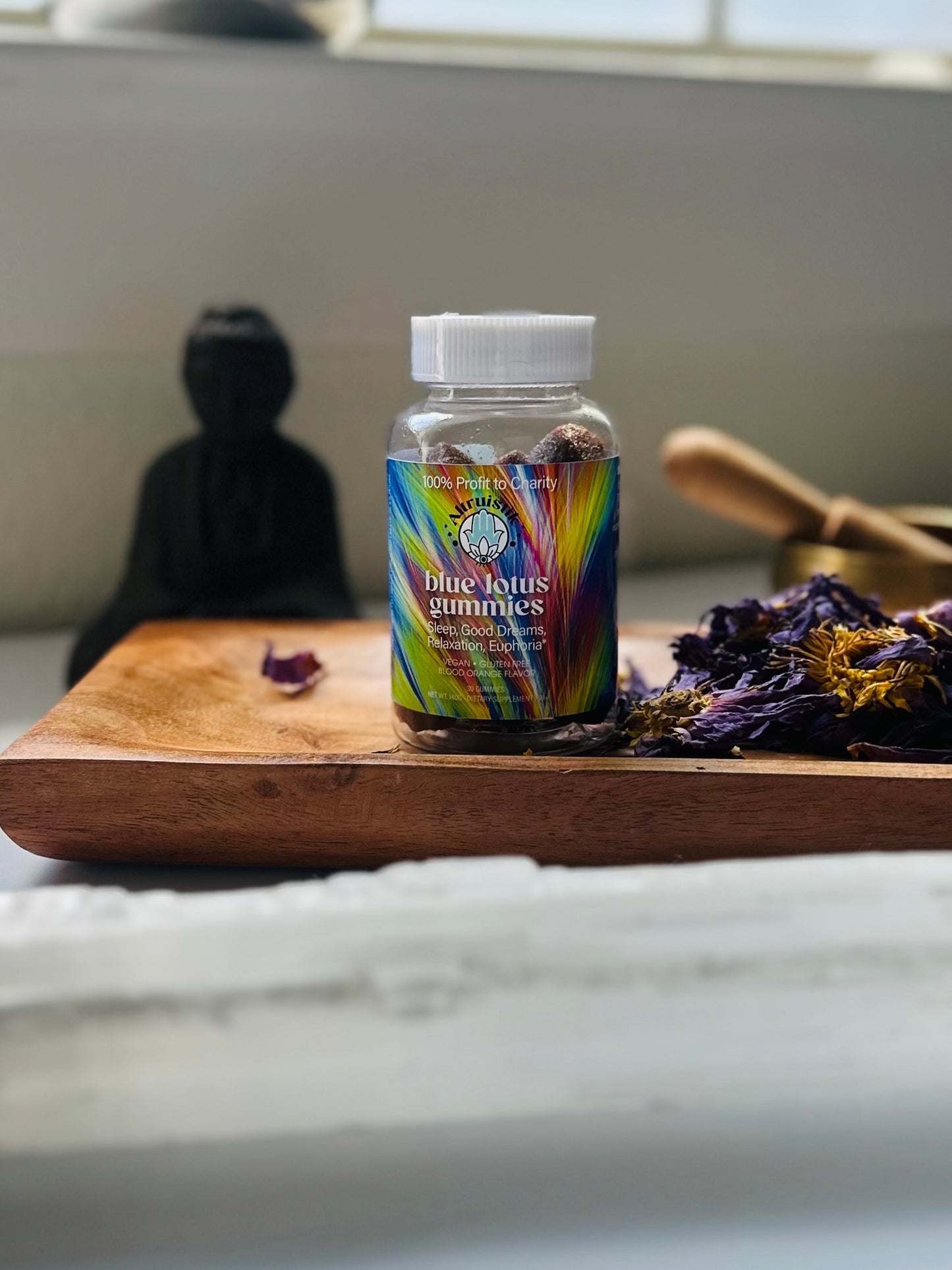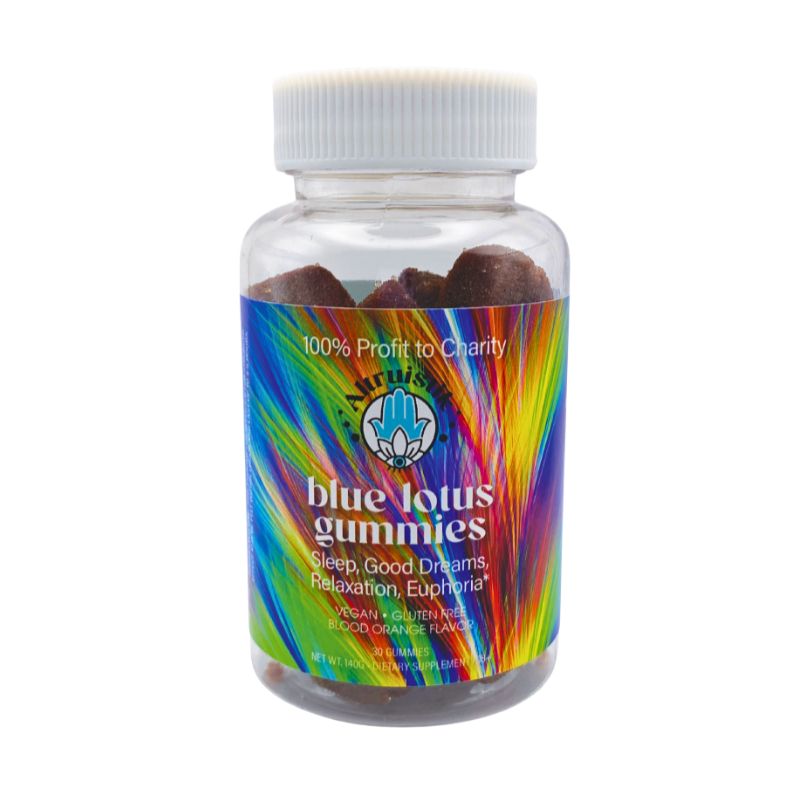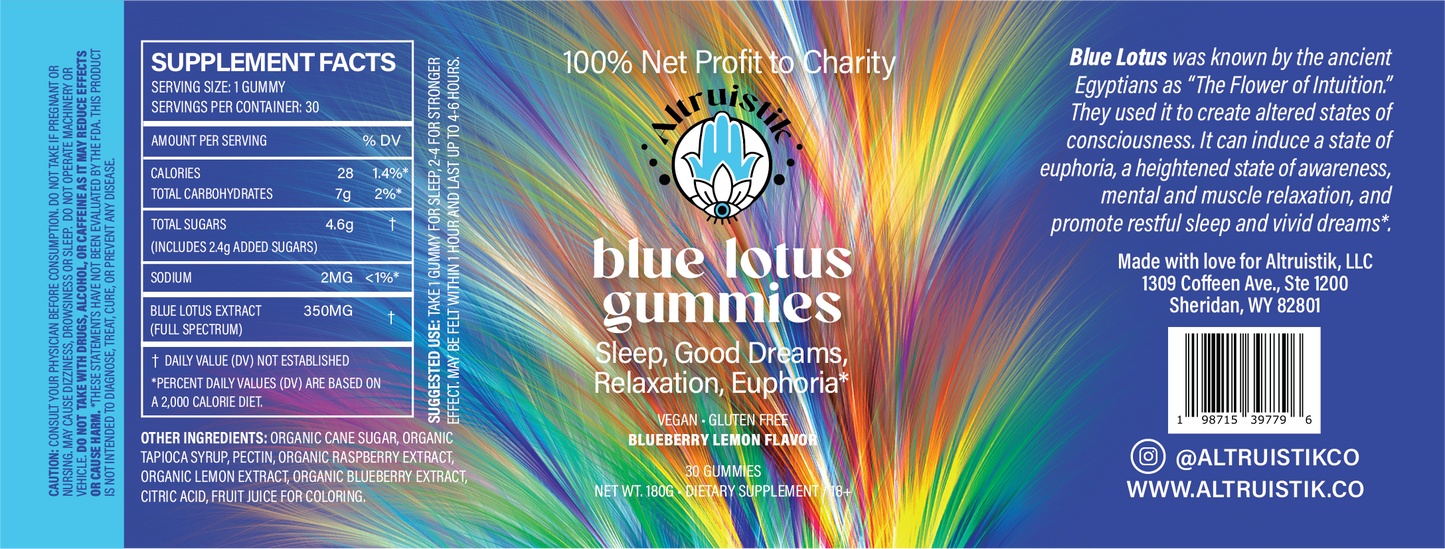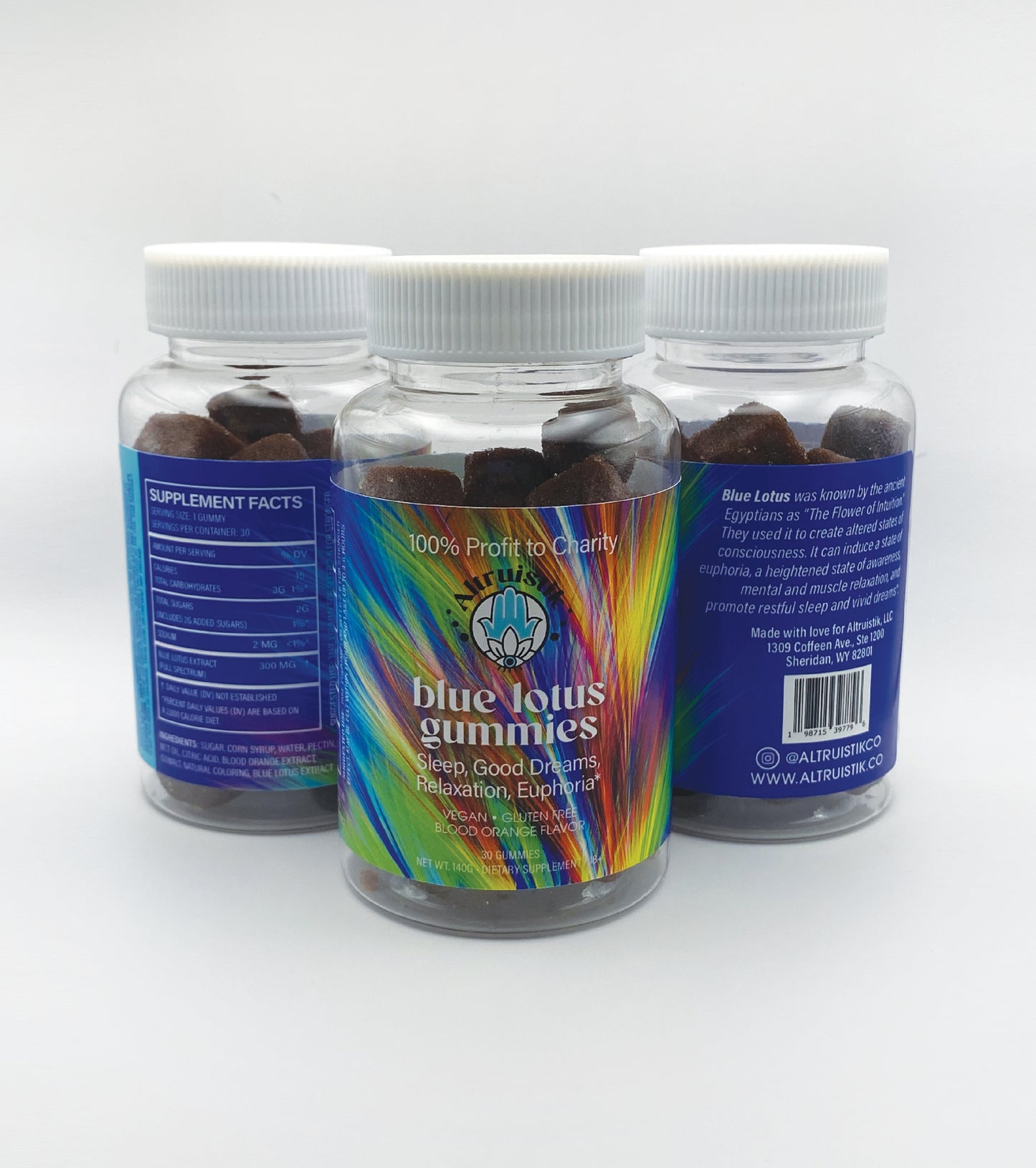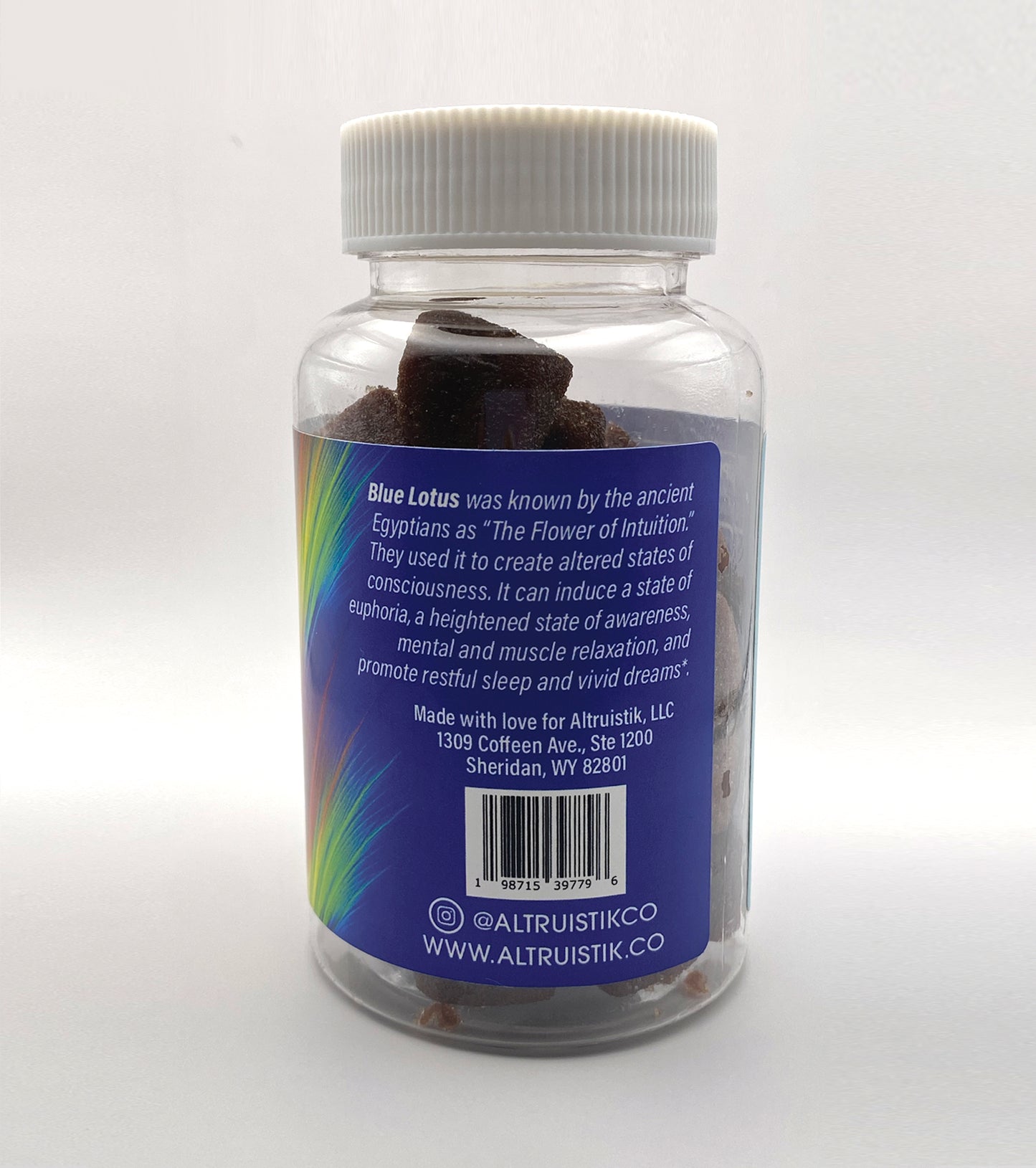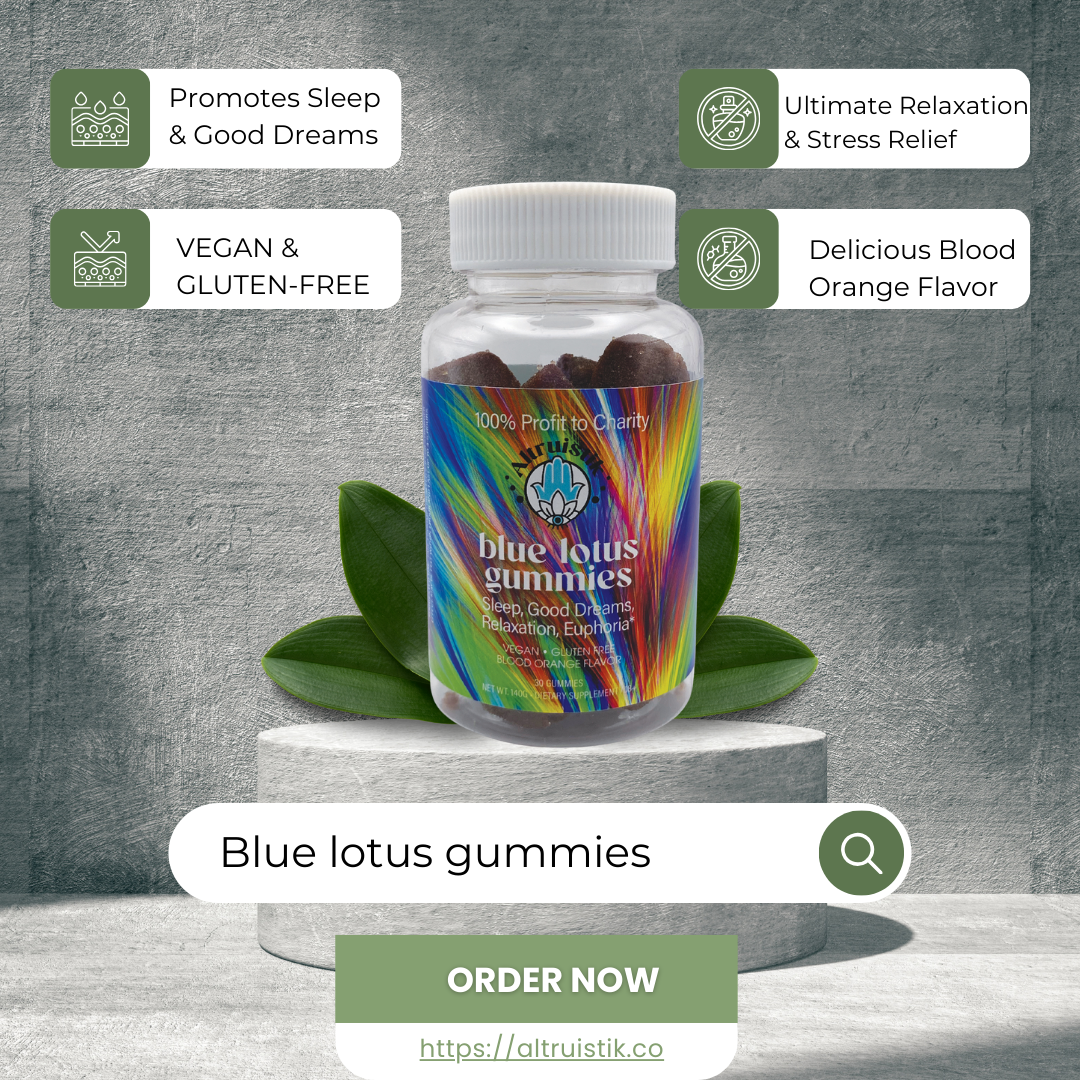
In the relentless rhythm of modern life, the pursuit of truly restorative sleep has become a critical objective. While countless solutions flood the market, a growing number of individuals are turning to an ancient botanical with a unique scientific profile: the Blue Lotus (Nymphaea caerulea). This analysis examines the multifaceted mechanisms through which this revered plant influences the human sleep cycle and promotes a state of calm.
Neurochemical Foundations: The Role of Key Alkaloids

The efficacy of the Blue Lotus is rooted in its distinct phytochemical composition, particularly its active alkaloids. The primary compounds, aporphine and nuciferine, engage with key neurotransmitter systems responsible for mood and sleep regulation.
- Aporphine's Sedative Action: Research indicates that aporphine acts as a non-selective dopamine receptor agonist. This interaction does not create the euphoric rush associated with other substances but rather a gentle, calming effect. By modulating dopamine activity, it helps to quiet the "reward" and "arousal" centers of the brain, facilitating a smoother transition from wakefulness to rest.
- Nuciferine's Anxiolytic Properties: Nuciferine, on the other hand, is a known partial agonist of dopamine receptors but is also a potent antagonist of serotonin receptors. This dual action is crucial for sleep. By blocking the effects of excitatory serotonin, nuciferine contributes to a state of anxiolysis—the reduction of anxiety—which is a prerequisite for deep sleep. This mechanism is particularly beneficial for individuals whose sleep is disrupted by a racing mind or intrusive thoughts.
- The synergistic effect of these alkaloids creates a balanced influence on the central nervous system, promoting a state of relaxed awareness rather than simple sedation.
The Neurophysiological Impact on Sleep Stages

Unlike many conventional sleep aids that force the brain into a non-physiological sleep state, the Blue Lotus appears to support the natural progression of the sleep cycle. Its calming properties help to shorten sleep latency (the time it takes to fall asleep) and reduce the frequency of awakenings.
Furthermore, traditional accounts suggest that the Blue Lotus may influence REM sleep, leading to more vivid and memorable dreams. While this effect is primarily anectodal, it points to a more subtle and nuanced impact on sleep architecture than typical sedative compounds. This suggests a potential for enhancing the psychological and emotional processing that occurs during the REM phase of sleep.
A Comprehensive Approach to Wellness

The benefits of the Blue Lotus extend beyond its direct impact on sleep. Its ability to reduce anxiety and promote a sense of well-being can break the vicious cycle of stress-induced insomnia. For many, the act of consuming the botanical—whether as a tea or in a capsule—serves as a mindful ritual that signals the body and mind to prepare for rest.
This ritualistic aspect, combined with its gentle pharmacological properties, positions the Blue Lotus not merely as a sleep aid, but as a holistic tool for nervous system regulation. It offers a non-habit-forming alternative for those seeking to reconnect with their body's natural sleep rhythm without the side effects often associated with pharmaceutical interventions.
A Final Thought on Conscious Unwinding

In a world that demands constant alertness, the decision to intentionally slow down and prioritize rest is a powerful act of self-care. The Blue Lotus provides a scientifically-grounded pathway to this state of tranquility, offering a gentle nudge toward a more peaceful and restorative night.
If you are seeking a natural and effective way to improve your sleep and find relief from daily stress, consider integrating this ancient botanical into your routine. Explore our Blue Lotus products today and unlock the natural secret to a more peaceful, rested you.




